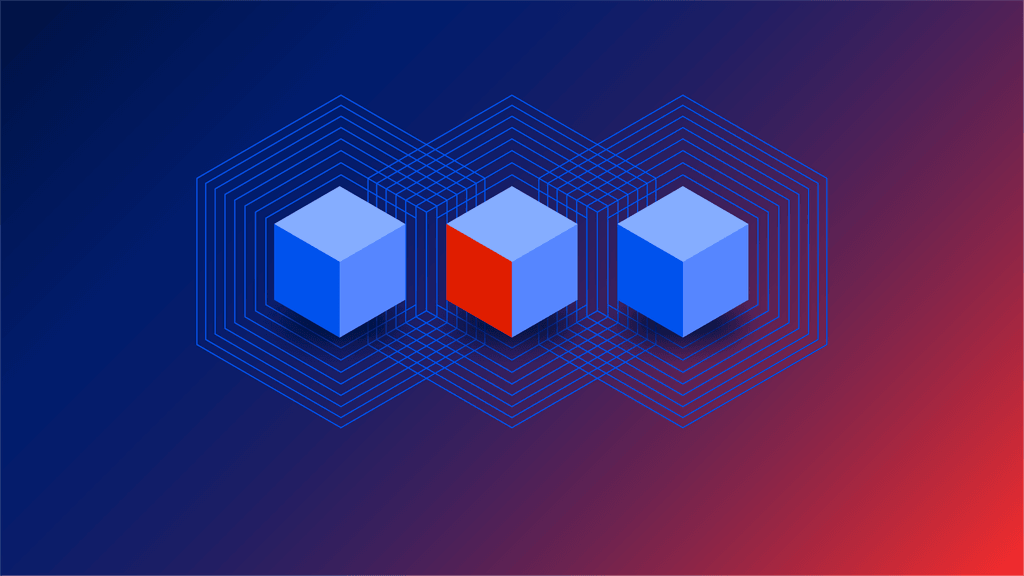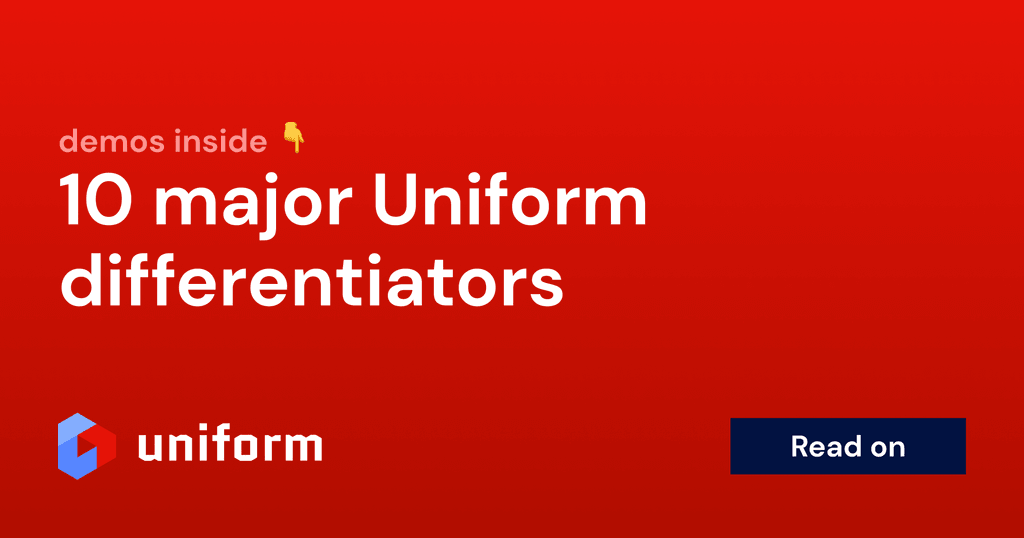Uniform blog/Navigating vendor evaluations in a composable world
Navigating vendor evaluations in a composable world
Navigating vendor evaluations in a composable world
How can brands attract and retain customers in an ecosystem where consumer journeys are no longer linear or within a company’s control? It starts with creating an omnichannel digital experience that meets customers where, when, and how they want to be engaged.
In the era of digital transformation, organizations are steadily shifting from a monolithic to a composable approach that places customers at the center of their omnichannel strategy and powers the architecture behind their digital experience. Digital experience composition is one such tool that’s laying the roadmap, from evaluation to implementation, toward a composable future.
Along with Joe Cicman, senior analyst at Forrester, I covered a number of these points in our recent webinar, How to do vendor evaluations and RFPs in a composable world. Summarized below are key observations from our discussion.
Omnichannel experiences are driving the move from monolithic to composable
Though monolithic applications have their uses, using pre-integrated solutions to build omnichannel experiences at scale can be ineffective, expensive, and laborious. Like retro all-in-one TV/VCR/DVD combo, self-contained suites are problematic in a digital landscape that demands speed, agility, and flexibility when responding to fast-moving demands.
Consider this scenario: Imagine trying to play your favorite streaming service on a television designed to play DVDs and lacking an HDMI input to a streaming device. You can’t because, as Cicman rightly pointed out, “it’s tightly integrated, hasn’t kept up with the times, and isn’t upgradeable unless you rip and replace the entire thing.” Similarly, overhauling monolithic systems can last months and takes significant people and money resources to implement.
The new reality is that as brands become more transactional and omnichannel, the greater their need for a composable approach that seamlessly bridges different technologies into a consistent, secure, and reliable experience.
Composable architecture should be built on composability—not features
One of the biggest benefits of composable architecture is that organizations can select each part of their stack individually without depending on a single vendor for new channels or technologies. Such freedom means:
- A multivendor environment that enables brands to architect their digital experience using only the tools they need for their composable enterprise.
- The ability to plug in and swap out components as needs change and become more specialized and transactional.
- Evaluating vendors on criteria that focus less on respective features and more on the connectivity of those tools in a composable stack.
In other words, true composability isn’t about whether the TV has a DVD player or a large screen. Rather, the modern comparison is whether the device connects to HDMI or is compatible with the latest surround sound standards.
The same framework applies to the components you want in your stack and how your CMS, CRM, personalization, and more will seamlessly and consistently work together. Digital experience composition fast-tracks integration between these tools without the need for custom coding or the heavy cost of replatforming.
Facilitate the move to composable via iteration and collaboration
A digital experience composition platform (DXCP) such as Uniform helps brands leverage pre-built integrations, reduce the cost and speed of replatforming, and extend the value of legacy tools—all while driving performance and conversions. Below are some chief considerations for minimizing risks and maximizing benefits along your digital transformation journey:
- Take a phased approach: When migrating to a composable architecture, think in increments. Instead of a costly “big bang” replatforming, leave your legacy system in place while carving off individual elements and adding new functionality to your customer experience.
- Involve stakeholders early: Older approaches siloed IT and business users, which created a large gulf between marketers who used the system and developers who implemented it. Avoid investing in individual systems that cater to specific groups. Alternatively, adopt cross-functional solutions that validate the requirements of every team across your digital business.
- Try before you buy: Nowadays, more microservices and software-as-a-platform or SaaS vendors offer free trial accounts. Experiment with best-in-need tools that enable you to learn as you go, reach your goals, and streamline workflows and processes.
A modern roadmap like the one above can serve as a guide throughout your migration and smooth the path for building a composable business.
Uniform reduces friction during the vendor evaluation process
Moving from one platform to another can be challenging. Therefore, it’s important to tackle the vendor evaluation process with clear expectations and a step-by-step process that sets you up for composable success.
Here are a few measures to consider and steady you on the road to a winning implementation:
- Take stock of where you are and what you have. Inventory your systems, processes, and customer touchpoints, and understand the hidden costs—like losing employees due to outdated technology—of doing nothing.
- Get clear about goals and opportunities. Beware of objectives that morph as you move from project kickoff to launch. Keep stakeholder needs and business opportunities front-and-center, and note what’s working throughout the process.
- Shake up the RFP format. In a composable world, evaluating specific software features no longer works. Instead, evaluate software based on how easily those services work with other capabilities in your stack.
- Run an evaluation and proof-of-concept (POC). As you experiment with new technologies, create a POC that enables you to examine not just the product but also how well your teams work with vendors.
Uniform DXCP helps make the evaluation process easier and faster, all while enabling organizations to pick the technologies they desire without being confined to a single vendor with limited capabilities.
Future-proofing your tech stack can be daunting, but you don’t have to embark on the journey alone. Watch the full webinar to discover how to turbocharge your composable strategy.

RFPs in a Composable World with Forrester








.jpg&w=1024&q=90)